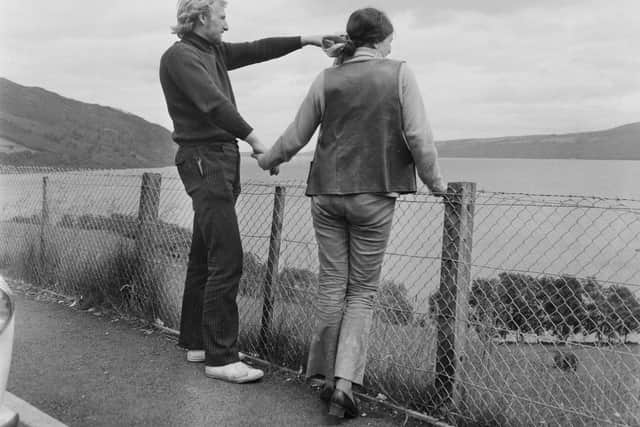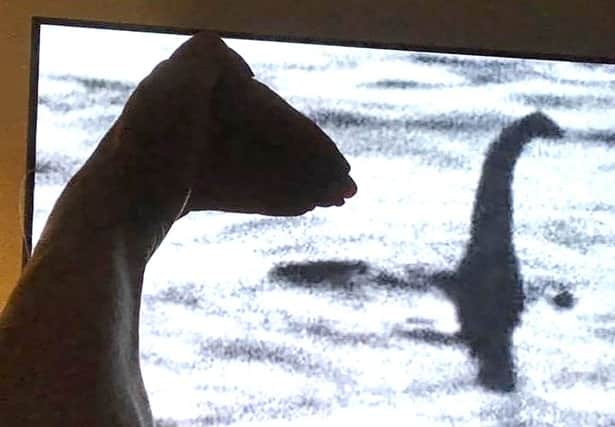Loch Ness Monster 2022: Australian woman ‘solves’ mystery of Scotland’s Nessie
and live on Freeview channel 276
An Australian woman claims to have solved the Loch Ness monster mystery, knowing exactly what the beast behind the Scottish folklore is.
Sue Keogh, 60, had a moment of triumphant discovery when she watched a documentary about Scotland’s long-standing mystery, the Loch Ness monster.
Advertisement
Hide AdAdvertisement
Hide AdSue - who grew up in Saint Marys suburb in Penrith, Australia - knew that she had seen the beast growing up when the documentary showed the famous black and white photo from 1934, The Mirror reports.
The photo depicts a mysterious being emerging from the rippled Loch Ness in the Scottish Highlands - its extended neck and dinosaur-esque head have gained interest from the bewildered public and folklorists across the globe.
But Sue believes there is nothing mysterious about the beast. To her, the Loch Ness monster looks identical to a shadow puppet her father used to make in her hometown.
Despite recreating the image to a similar effect, it seems that no one Sue tells will believe her explanation.
Advertisement
Hide AdAdvertisement
Hide AdShe said: "I’ve put it on my Facebook but no one really took much notice.”


There have been many apparent sightings of the Loch Ness monster following the photo taken in 1934 but the scientific community have labelled them as hoaxes. Sue’s theory isn’t that hard to believe.
Sue said: "The Loch Ness Monster has been around for years, and when I was watching the show I just knew what it was instantly. It was obvious, when I was lying in bed I solved the problem - it’s not that big of a mystery.
"I was watching a doc on it one night and all of a sudden I knew exactly what it was.
Advertisement
Hide AdAdvertisement
Hide Ad"Once you see it you can’t unsee it. When you’re a kid and your parents put their hands together to make a bird or a dog on the wall or whatever, like a shadow puppet, it’s similar to that.


"I think the Loch Ness Monster is a bloke lying under the water with his arm striking out the water.
"My dad used to do that thing on the wall and I knew what it was - it’s just a dark photo of a man’s arm. You can see a bit of the body, that’ll just be the bloke with his body under the water. How can that not be it?
"It’s a joke, someone’s taken a photo from the bank, or he had a camera set up or whatever.
Advertisement
Hide AdAdvertisement
Hide Ad"I took the same photo right in front of the TV when I was watching the show. I saw it and said that’s the Loch Ness monster. Being as it’s a man, it’s his arm. He’s under the water, and his arm’s longer. That’s his forearm and his hand like that, twisted to the side."
Sue would like to visit Loch Ness one day as she’s never been to Scotland before but says she doesn’t have the money to make the trip.
While there’s an uncanny resemblance between Sue’s posed hand and the iconic ‘Nessie’ picture, the 1934 image has already been revealed to be a fake by one of the conspiritors in the hoax following a deathbed confession.
Christian Spurling, stepson of Marmaduke Wetherall, the big-game hunter hired by the Daily Mail to find Nessie, told researchers Alastair Boyd and David Martin that the ‘monster’ in the composition was in fact a model made using the keel of a toy submarine purchased in Woolworth’s.
Comment Guidelines
National World encourages reader discussion on our stories. User feedback, insights and back-and-forth exchanges add a rich layer of context to reporting. Please review our Community Guidelines before commenting.
